In the flow of Vietnamese art and culture, Cheo is a traditional theater form that has been closely associated with the spiritual life of the people for generations. Born from the heart of the North, Cheo carries within itself unique cultural values, the voice and soul of the country people through folk tales and moral lessons. Over time, the art of Cheo has gone through a long journey full of ups and downs, from simple stages in the countryside to modern innovation efforts, always maintaining its identity and vitality in the hearts of the audience.
"The bamboo mat is spread out in the middle of the communal house yard
Cool bamboo shade, long chanting
Whose rhythm is the drum beating?
The song and dance resonate in my heart."
Traditional Cheo performances are often held in communal houses, where singing, musical instruments, and Cheo drums blend with the countryside scenery to create a unique artistic space. Cheo is a delicate combination of music , dance, and acting, where Cheo artists use both lyrics and gestures to tell stories, conveying profound humanistic messages. The characters in Cheo, from heroes, commoners to villains, are clearly portrayed through every gesture and word, reviving folk tales in a vivid and engaging way.
Meritorious Artist Xuan Hinh (male) in an excerpt from an ancient Cheo piece with female actors from the Vietnam Cheo Theatre. Photo: Minh Luan
In the context of modern society, when new and diverse forms of entertainment are dominating the market, Cheo still maintains its position through adaptation and innovation. Today's Cheo artists are constantly striving to renew this traditional art, from improving content and script to combining it with modern elements. New Cheo plays, although still retaining the soul of traditional Cheo, have been breathed new life into them, closer to modern audiences. New stories, reflecting contemporary life, but still containing humanistic values, are brought to the Cheo stage, creating a strong connection between the past and the present.
One of the remarkable successes of Cheo art in the modern era is the adaptation of literary works and historical stories to the Cheo stage. Characters such as Thi Kinh, Quan Am Bodhisattva, or national heroes are recreated in new Cheo plays, with a modern approach but still maintaining the traditional spirit. These efforts not only help Cheo continue to exist but also bring Cheo closer to the younger generation, making this art form richer and more diverse.
A scene from the classic play Quan Am Thi Kinh. Photo: nhahatcheovietnam.vn
In addition, Cheo is also gradually integrating into the flow of globalization, when Cheo plays are performed in many countries around the world , introducing to international friends a unique cultural feature of Vietnam. Cheo performances on large stages, or in international art festivals, not only contribute to promoting the image of the country and people of Vietnam but also affirm the eternal artistic value of Cheo. The intersection between Cheo and other art forms such as drama, Cai Luong, or even modern music has also opened new doors, helping Cheo become more diverse, rich and attractive.
On the journey from traditional stage to modern innovation efforts, Cheo art has proven its strong vitality and ability to adapt to the times. Despite many ups and downs, Cheo has always maintained its position as a unique folk art form of Vietnam, a place to preserve traditional cultural values, a bridge between the past and the present. With the tireless efforts of artists and Cheo lovers, this art will certainly continue to develop, maintain its identity and bring invaluable spiritual values to future generations.


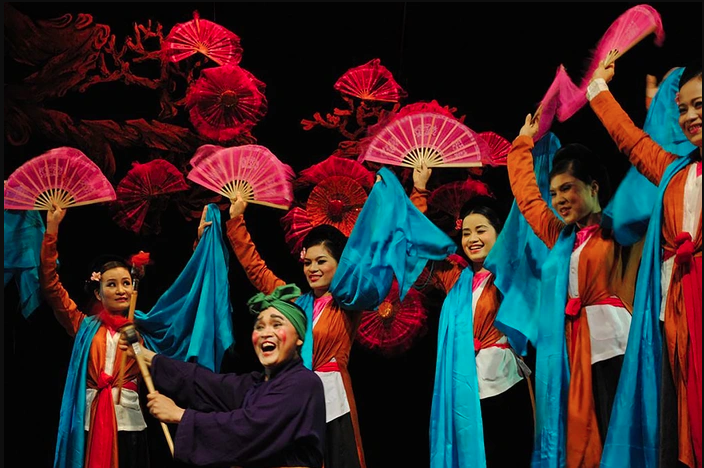
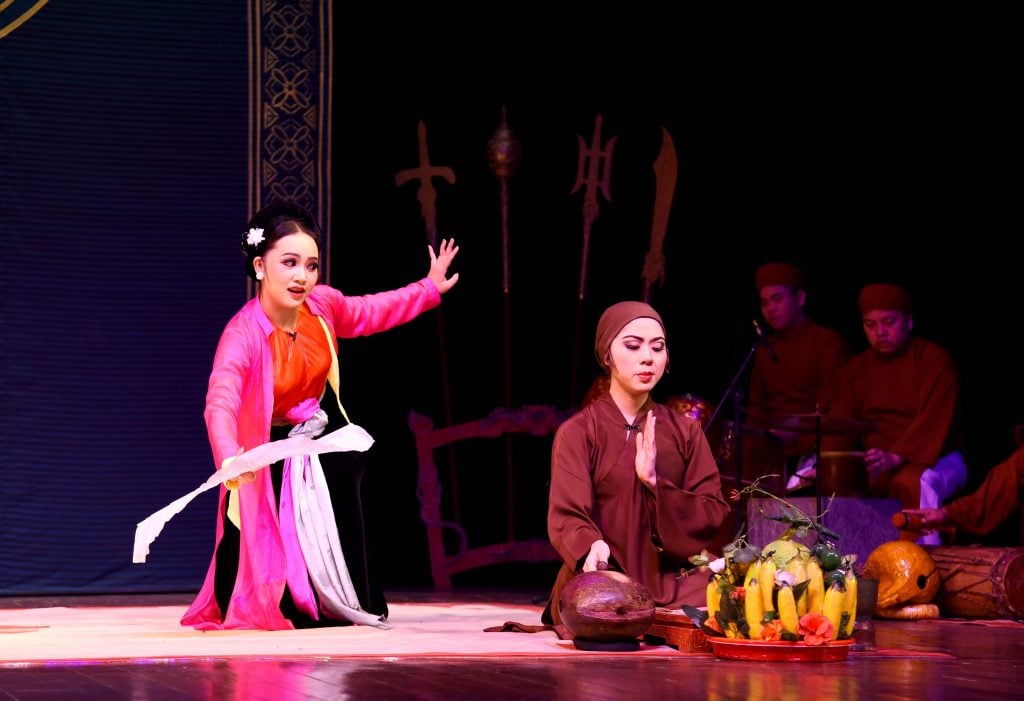

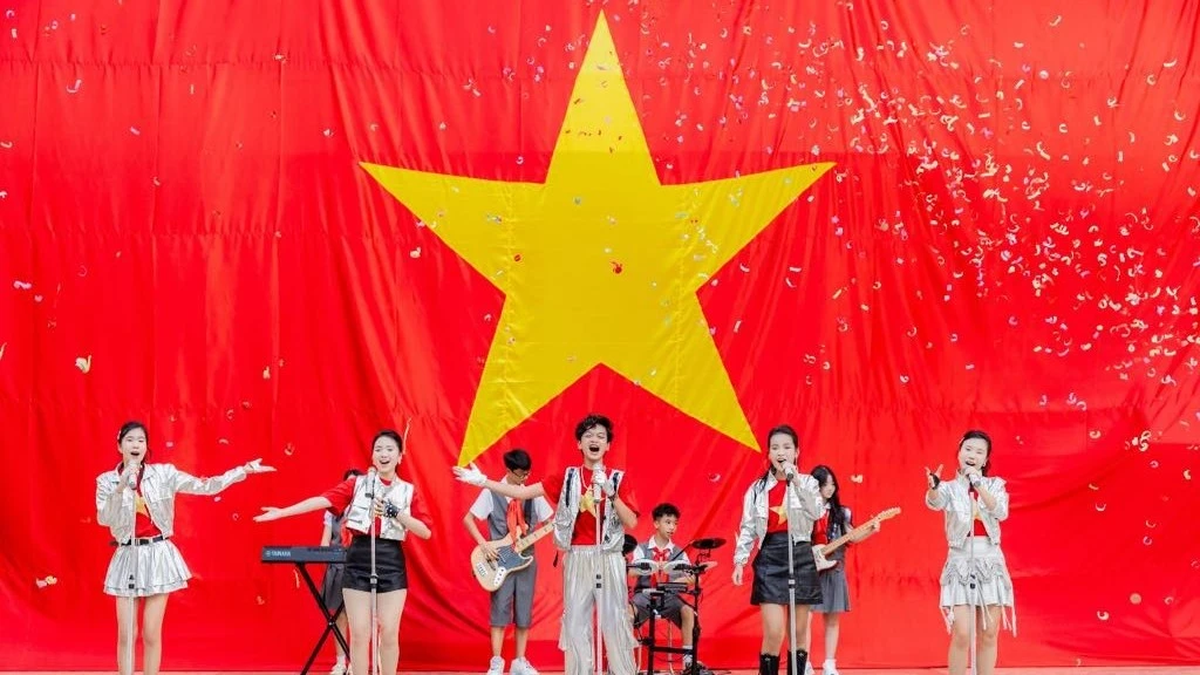




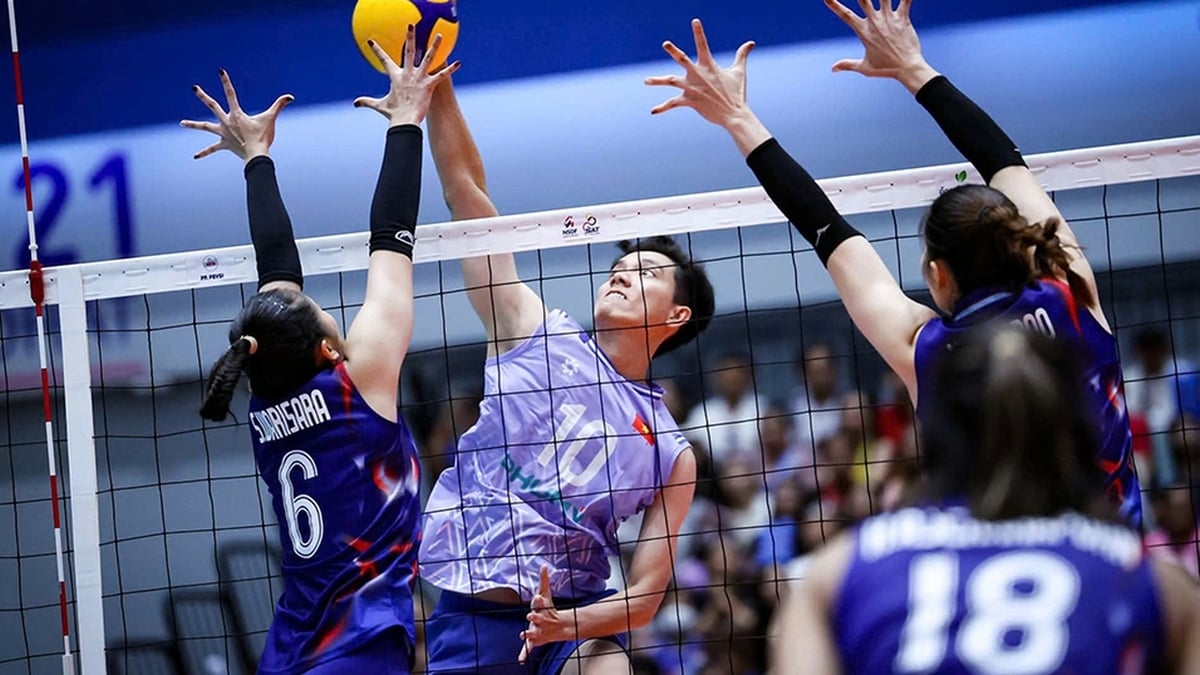


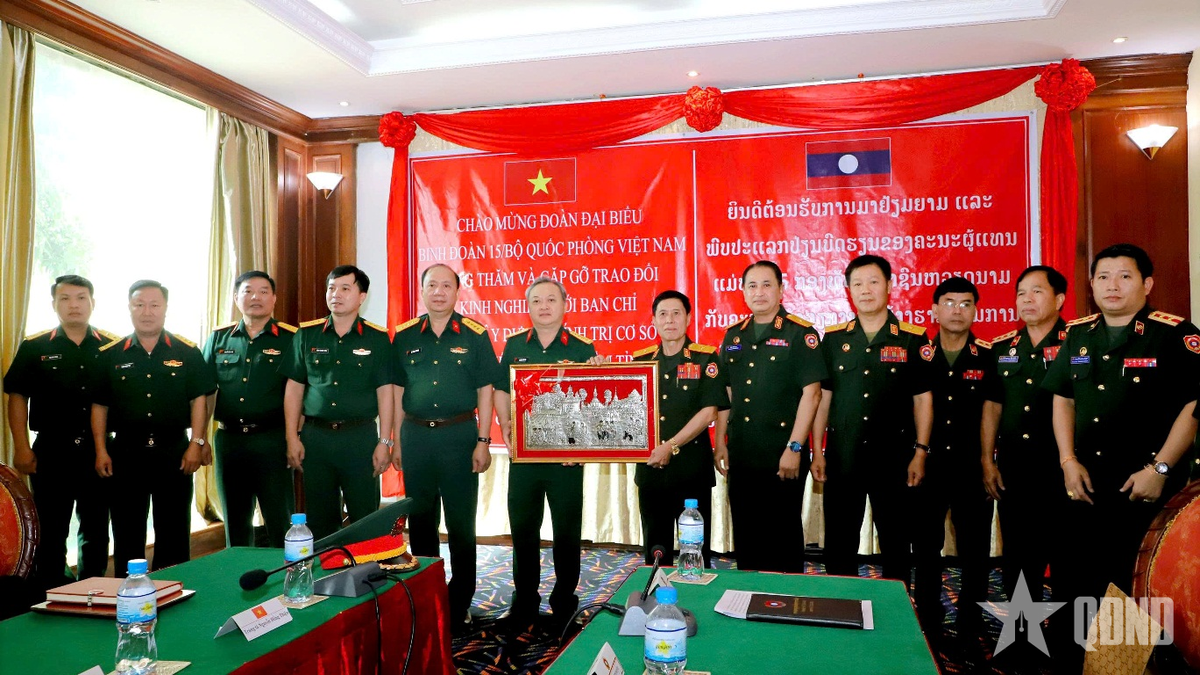




















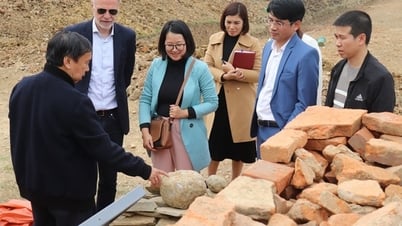

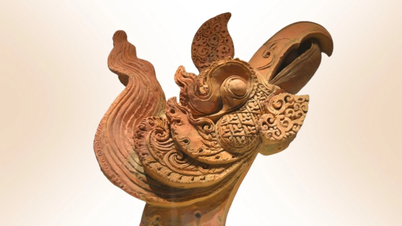



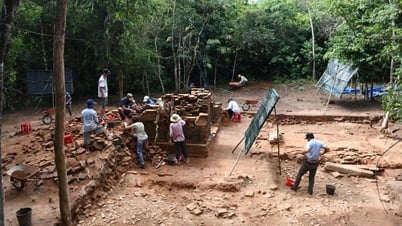
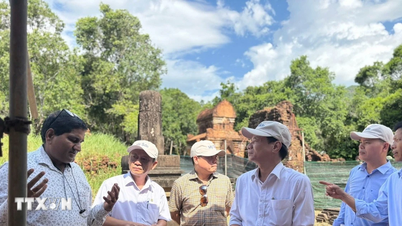










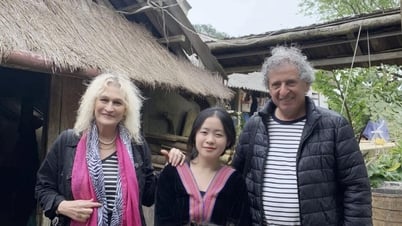


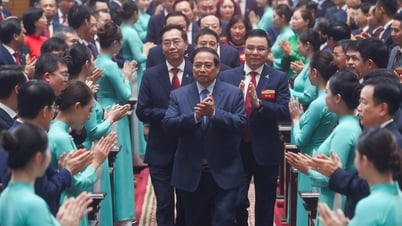













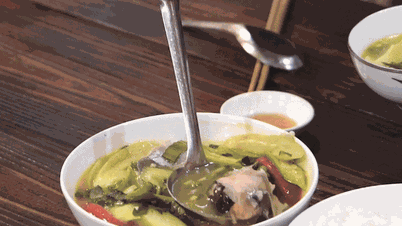




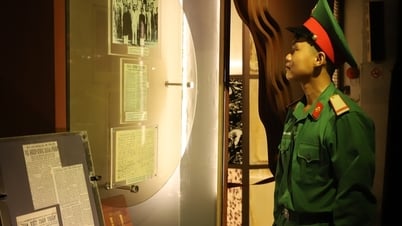
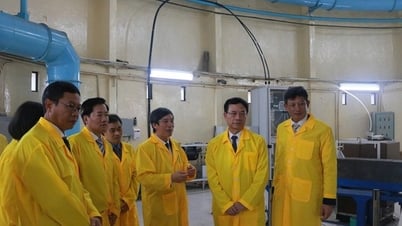

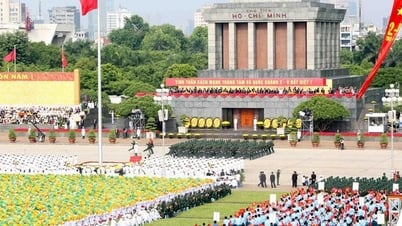
























Comment (0)